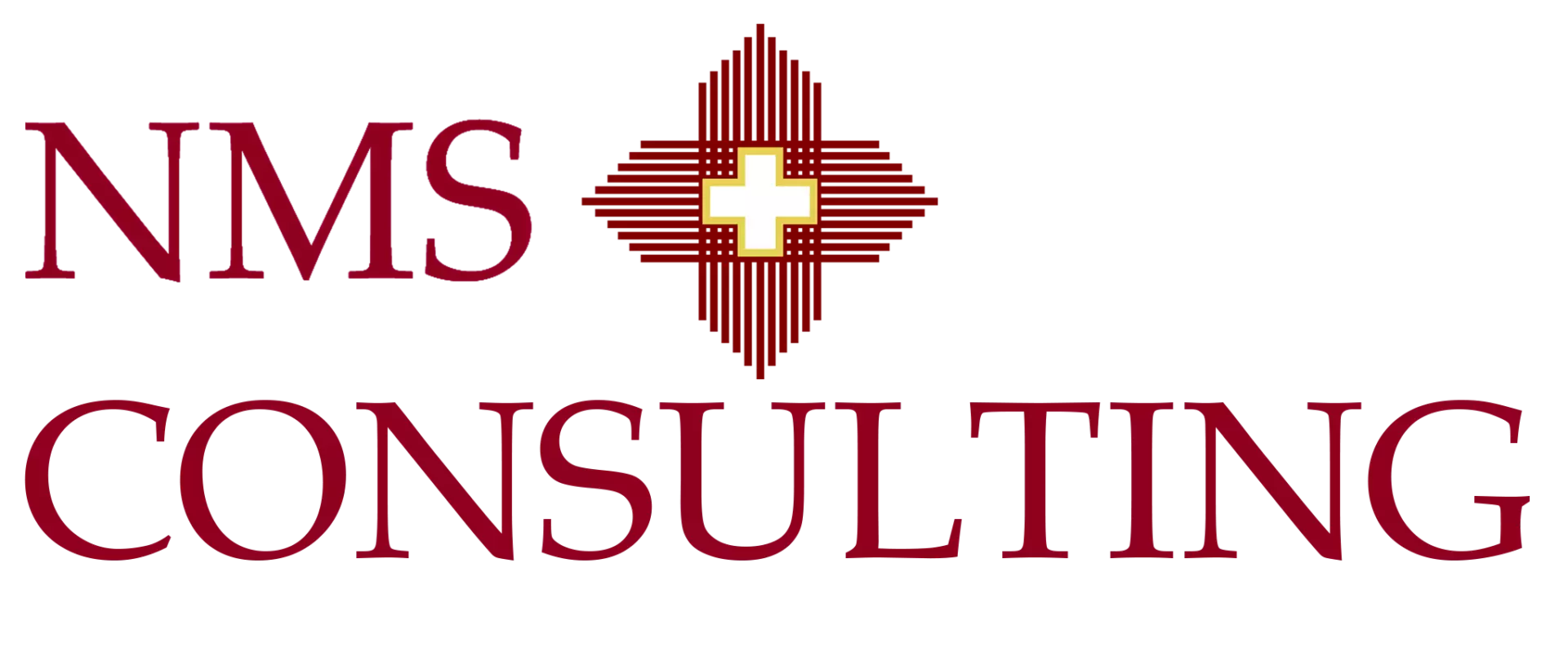What Exactly Does a Management Consultant Do?

Published: • Updated:
A management consultant pinpoints performance gaps, tests practical fixes, and helps leaders convert plans into measurable results. You hire one for objective analysis, specialist methods, and speed when stakes are high. Expect structured problem solving, clear metrics, and change support that ties recommendations to value.
Want a fast outside view of priority issues? Talk to a consultant
What does a management consultant do?
Typical work spans problem framing, data collection, analysis, solution design, and delivery support. Leading firms teach structured methods for hypothesis driven problem solving and option testing. See McKinsey’s guide to problem solving and seven step process for how this works in practice.
- Frame and quantify. Clarify the question and value at stake. Build a baseline and set targets.
- Analyze. Interviews, external research, operational data, and financial modeling.
- Design. Create choices with trade offs and implementation plans.
- Deliver. Stand up pilots, track KPIs, and coach teams so results hold.
Explore related management consultant solutions across digital, business transformation, and change management. Reference: McKinsey problem solving explainers and podcasts.
Why hire one now?
Large programs still miss goals often. Research shows less than 30% of digital transformations succeed, while projects with excellent change management are up to 7 times more likely to meet objectives. Poor project performance wastes about 11.4% of investment. A seasoned team raises execution quality.
| Finding | Figure | Source |
|---|---|---|
| Digital transformation success rate | Less than 30% | McKinsey |
| Projects meeting objectives with excellent change management vs poor | About 7× more likely | Prosci |
| Investment wasted due to poor project performance | 11.4% | PMI Pulse 2020 |
We cite broad surveys so leaders can compare context and calibrate value cases.
How work gets delivered
Need a quick roadmap? We can outline two pilots and a 90 day plan tied to value. Book a discovery call
What is the difference between a consultant and a manager?
Short answer: A consultant is a temporary expert who provides analysis and recommendations without direct authority. A manager owns people, budget, and results day to day. Research and classic practice notes describe consulting as structured problem solving and advisory work that complements line management.
FAQ
How do consultants structure problems?
They use hypothesis driven steps: define the question, analyze causes, generate options, test, and recommend actions. McKinsey’s public material explains seven step and mindset based approaches.
Do consultants implement or only advise?
Both. Classic HBR guidance for consulting highlights a spectrum from diagnosis to building capability with the client. Many teams help stand up pilots and coach managers so results stick.
Where do consultants add the most value fast?
- Clarity on value and trade offs when choices are complex.
- Independent analysis where objectivity matters.
- Speed and specialized methods during high stakes delivery.
Related services and guides
Sources
- McKinsey. The McKinsey guide to problem solving and seven step process.
- Prosci. Projects with excellent change management are up to 7× more likely to succeed.
- PMI. Pulse of the Profession 2020 shows 11.4% investment waste due to poor project performance.
- McKinsey. Unlocking success in digital transformations notes less than 30% succeed.
- HBR. Arthur N. Turner, Consulting Is More Than Giving Advice.
About the Author
Aykut Cakir, Senior Partner and Chief Executive Officer, has a demonstrated history in negotiations, business planning, business development. He has served as a Finance Director for gases & energy, pharmaceuticals, retail, FMCG, and automotive industries. He has collaborated closely with client leadership to co-create a customized operating model tailored to the unique needs of each project segment in the region. Aykut conducted workshops focused on developing effective communication strategies to ensure team alignment with new operating models and organizational changes.




